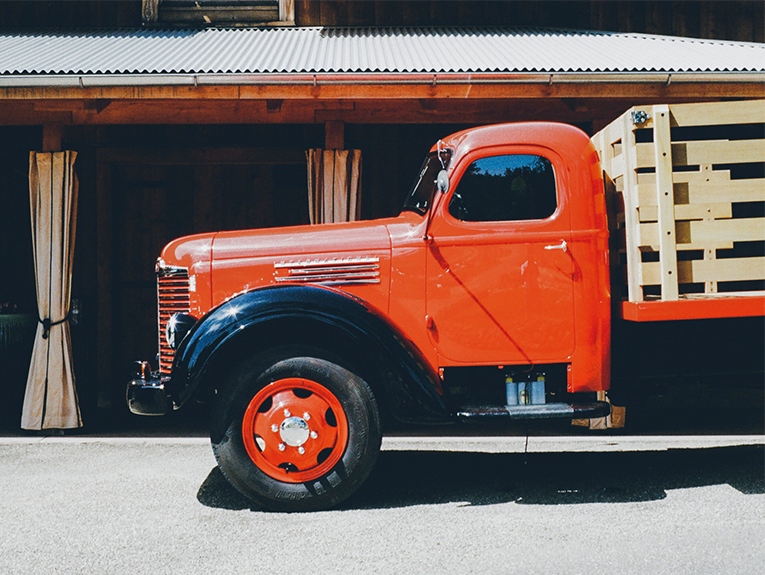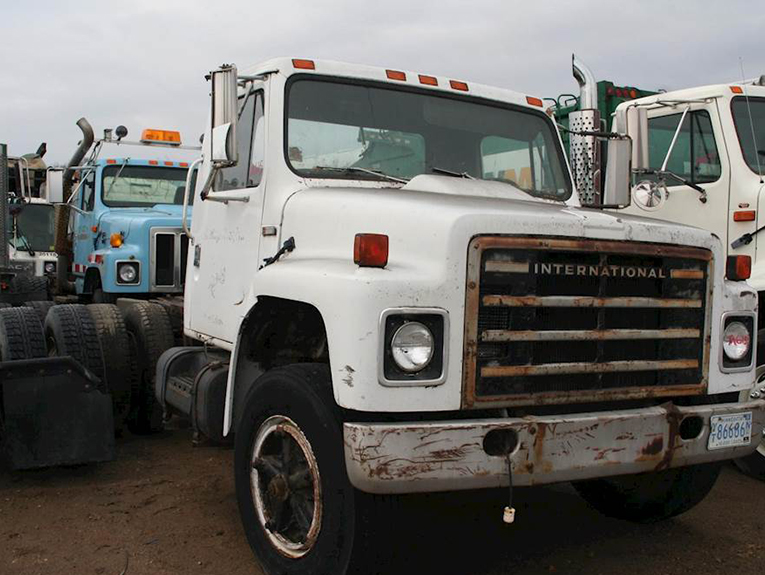
The Evolution of the Trucking Industry in Brief
How trucking became an essential business
Beginning of Trucking: 1890s
The evolution of the trucking industry has come a long way since it first began. Before there were many paved roads, let alone highways, trucks traveling on the roads were no larger than delivery trucks. They used crude solid rubber tires, making the trip very rough and slow. Most didn’t have completely covered cabs either, letting in seasonal elements.
Technological Innovations: 1910s
By 1910, about 10,000 trucks were in the US, mostly used for deliveries in and around large metropolitan areas. In 1912, trucks were beginning to be equipped with electric lights so they could be driven at night and make up travel time that was previously spent sleeping until the first light. This allowed the Seattle Chamber of Commerce to sponsor a truck and driver to travel from Seattle to New York City in 1916. It took an entire month but convinced manufacturers and merchants that highways and truck transport were going to become essential for everything.
Trucking Aids WWI Effort
During the years of World War I, many trucking companies began producing trucks for the war effort. Overall, 227,000 new trucks were manufactured. This era gave rise to many of today’s trucking companies including Michigan Motor Freight, Yellow Freight, and Interstate Motor Freight, among many others.
Major Innovations: 1920s
In 1920 that most trucks were equipped with pneumatic, or air-filled, tires. This made the ride much easier and allowed the truck to travel at much higher speeds. The fifth wheel was also created in the 1920s, enhancing the speed with which loads could be picked up and dropped off. At the same time, the semi-trailer was becoming more popular and was making a huge impact on the way that freight and cargo were transported. Some believe these innovations came about rapidly so alcohol could be more easily transported secretly, as Prohibition was in effect from 1920 to 1933.
From Highways to Deregulation: 1930s-1980s
1935 saw the passing of the Motor Carrier Act to regulate the industry and Congress enacted hours of service regulations in 1938 to limit driver’s hours. In 1944, the Federal-Aid Highway Act authorized the designation of highways but they weren’t funded or built until 1956. By 1970 there were over 18 million trucks in the US; this is when trucking culture exploded. Wearing plaid shirts, trucker hats, CB radios, and using CB slang were popular amongst the public. In 1980, the industry was deregulated and drastically de-unionized.
For a more in-depth look at trucking during each era watch for our blog series “A Look Back at…” starting in August!



